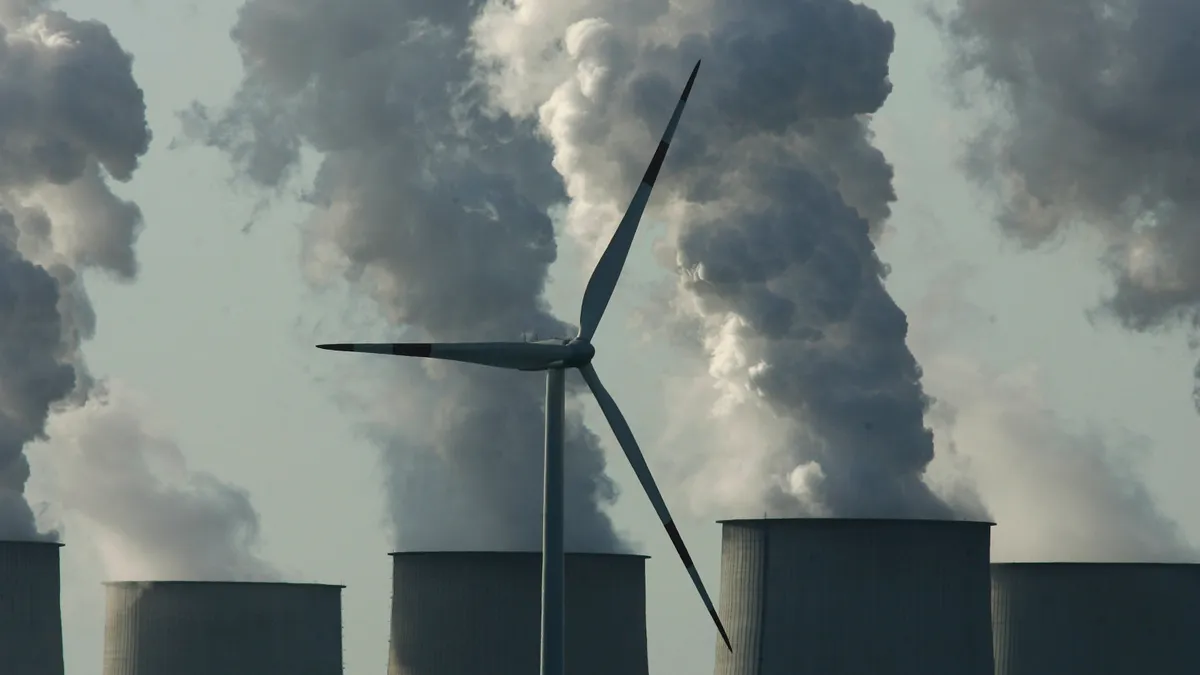The length and complexity of supply chains are among the fundamental difficulties in reducing Scope 3 emissions, which comprise the majority of most companies’ footprints.
At the same time, the size and layers of supply chains mean action around decarbonization can multiply as it moves through the chain.
“I've spoken to maybe 1,000 suppliers on the different webinars and conferences we've held over the last 12 to 18 months,” said Robert Williams, AstraZeneca’s director of procurement sustainability. “If I speak to 1,000 suppliers, and they speak to 1000 of their suppliers, that's a million suppliers in two conversations. And that's the pace we need to move at.”
AstroZeneca’s suppliers are working to reduce their own Scope 3 emissions, Williams said during a Science Based Targets (SBTi) initiative webinar last week.
“I recall speaking to one of our key direct materials manufacturers, who told me that actually 80% of their carbon emissions are in their supply chain,” Williams said. “It's absolutely essential that our key suppliers are cascading these requirements down their supply chain.”
Procurement as a profession and business function is arguably a key battleground in the effort to reduce greenhouse gasses and prevent catastrophic climate change.
That’s because supply chains and Scope 3 account for the vast majority of most companies’ emissions. As Luiz Amaral, CEO of SBTi, noted on the webinar, Scope 3 emissions (which also include the downstream value chain the end use of products) are 11.4 times greater than the average company’s direct emissions.
“We can only avoid the worst impacts of climate breakdown if we are to tackle those Scope 3 emissions,” he said.
Amaral also pointed to the difficulties in reducing supply chain emissions that many have brought to his organization. Those challenges include access to supplier data — a lament repeated by others in the webinar and in executive surveys — as well as influence over suppliers, confidence in vendors’ ability to deliver on outcomes and the lack of detailed guidance.
Despite those obstacles, SBTi — a consortium of NGOs, nonprofits and the United Nations Global Compact that works with corporations to set emission reduction and net zero targets — reports a steep increase in companies setting goals for cutting their emissions. That includes scope 3, with 406 companies set Scope 3 goals with SBTi in 2022, bringing the total to 1,134 companies, according to the organization’s latest progress report.
Along with Williams, Tom Scholte, sustainability manager for the global healthcare giant Philips, also pointed to the broad impact of efforts to reduce Scope 3.
“We have a direct business relationship with more than 20,000 suppliers,” Scholte said. “And this means that by decarbonizing our supply chain, we have a potential impact of at least seven times greater than the emissions reduction from our operations.”
The company has a goal for 50% of its suppliers, by spend, to commit to carbon reduction targets by 2025, Scholte said. Last year, 41% of the company’s suppliers set science-based targets, up from 28% in 2021.
Scholte described a “carrot-and-stick” approach for incentivizing suppliers to commit to reductions. To incentivize suppliers, Philips includes emission measurement and reduction targets in its code of conduct for vendors and incorporated targets into its design standards. It has also set up capabilities, both within the company and outside it, to help suppliers upskill and build what Scholte describes as “climate maturity.”
Philips’ teams will also help suppliers identify high emissions risk areas in their businesses as well as opportunities to become more energy efficient, such as by replacing outdated lighting systems or inadequate insulation, Scholte said.
Beyond the level of individual suppliers, action on emissions sends broader messages — in the form of “demand signals,” as Williams described them — to the market that can spur innovation in supply chains.
“We're giving those signals that we want to change, we need change, we'll be buying changed materials, and we want suppliers to change too,” William said.















